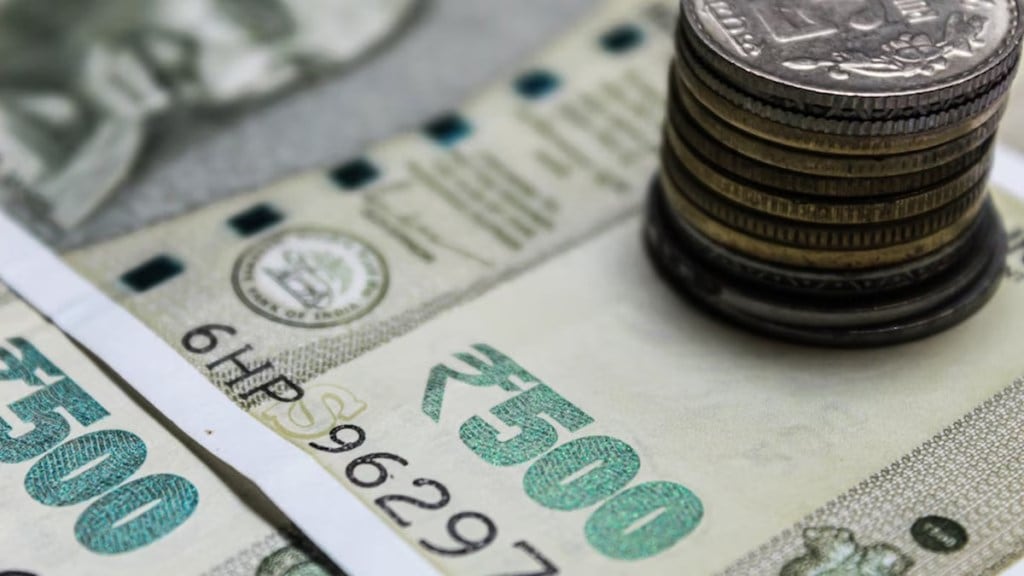India’s journey over the past decade has been nothing short of remarkable with the country’s 10-year government bond yield spread with the US shrinking dramatically—from a substantial 6.35 per cent in 2014 to just 1.89 per cent today. This sharp compression in the yield gap signals greater investor confidence in India’s economy and its ability to manage inflation and fiscal health.
In 2014, the gap between the yields of India’s 10-year government bond and its US Treasury counterpart stood at 6.35 per cent, reflecting global skepticism about India’s economic fundamentals and institutional strength. Fast forward to today, the yield gap has narrowed to just 1.89 per cent. In fact, the current yield on India’s 10-year government bond, which is now hovering around 6.28 per cent, is actually below the very gap that once separated it from US yields in 2014.
In a post on X (formerly Twitter), Nilesh Shah, Managing Director at Kotak Mahindra Asset Management, said, “What an outstanding Journey. The Gap between 10 year India and US Gilt Yield was 6.35 % in 2014. Today it has narrowed down to 1.89 %. 10 year India Gilt yield is now below the Gap in 2014 i.e 635 basis point. Truly India has been rerated due to its prudent Fiscal and Monetary management.”
A strong fiscal position
This convergence comes from the country’s fiscal position that has improved significantly compared to earlier periods. Over the years, the government has reduced fiscal deficit, controlled expenditure and improved structural reforms such as GST and the Insolvency and Bankruptcy Code (IBC). India has reduced its fiscal deficit from pandemic highs to meet the target of 4.8 per cent of the GDP for FY25. In the revised estimates (RE) presented to Parliament in February, the government had pegged the fiscal deficit or gap between expenditure and revenue at Rs 15,69,527 crore or 4.8 per cent of GDP. Tax collections, including GST, have grown strongly over the period, providing a more stable revenue base.
A prudent monetary policy
On the monetary front, the Reserve Bank of India (RBI) has been working on an inflation-targeting and growth focused framework. The central bank has anchored inflation expectations more effectively even in the face of global supply shocks and rising energy prices. India’s retail inflation, measured by consumer price index (CPI), eased to a 69-month low of 3.16 per cent in April. Headline inflation trended downward for the sixth straight month, and for the third month in a row, the print remained below 4 per cent. Last week, the RBI projected FY26 headline inflation at 3.70 per cent.
Furthermore, the central bank, in its June meeting, announced a bold 50 bps cut in repo rate to 5.5 per cent with focus on inflation control and financial stability. The RBI MPC also lowered the Cash Reserve Ratio (CRR) by 100 basis points to 3 per cent, which will be implemented in four tranches starting from the fortnight beginning 6 September 2025. This action is expected to infuse approximately Rs 2.5 trillion of liquidity into the financial system.
Looking ahead, sustaining this credibility will require continued commitment from the government to fiscal discipline and reform momentum.
